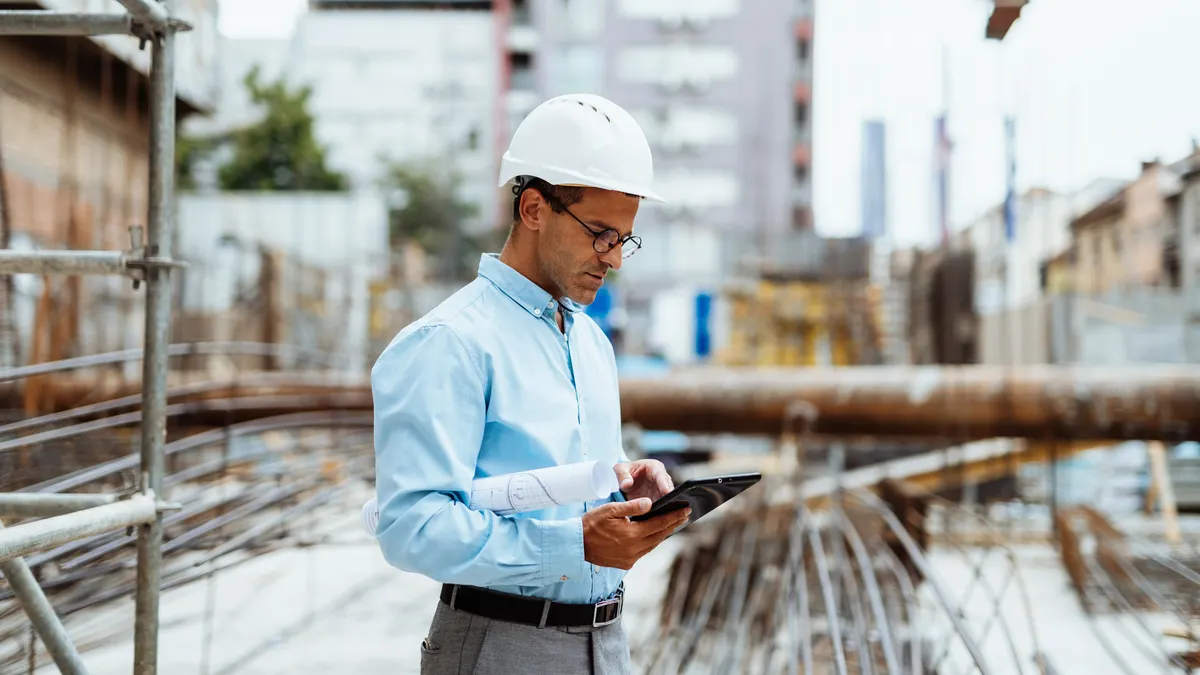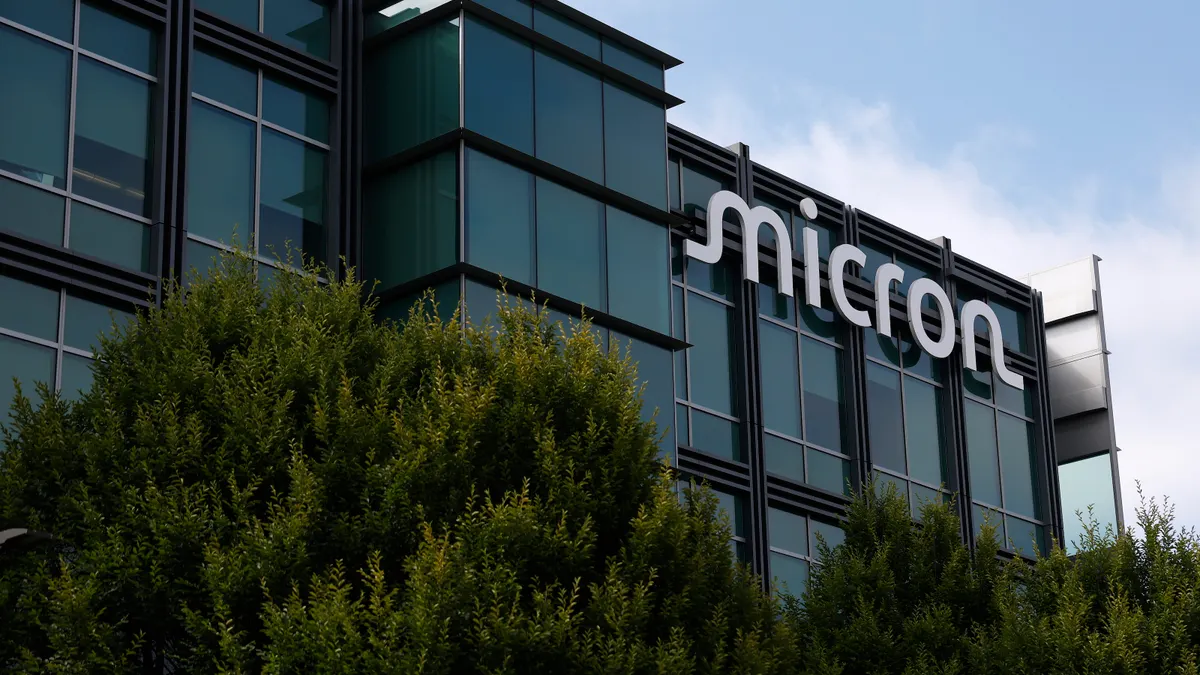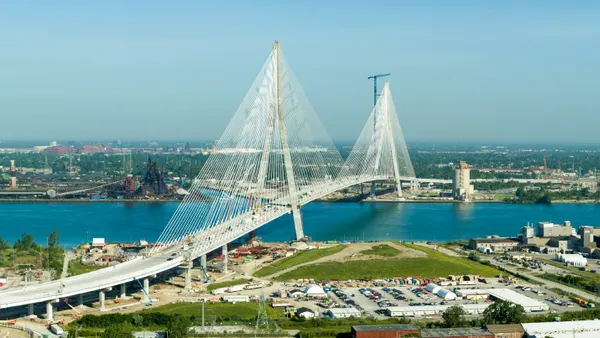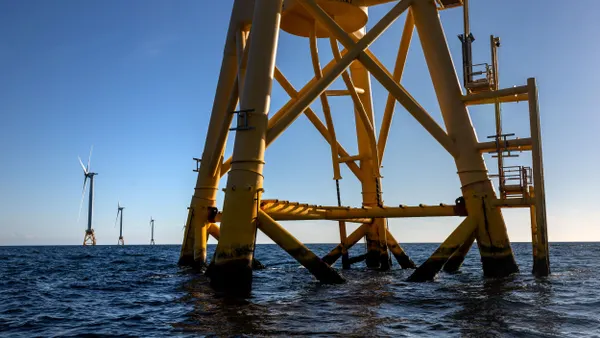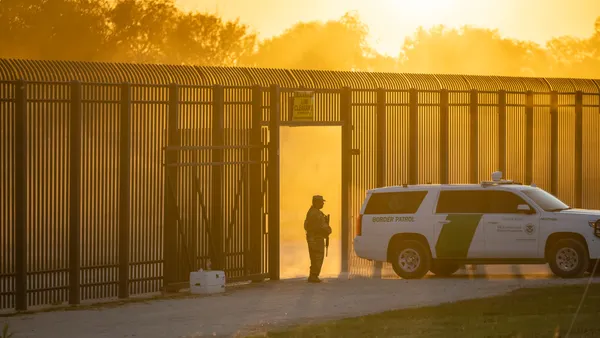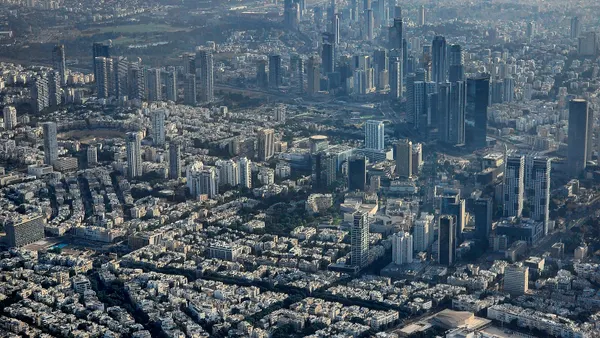Dive Brief:
-
Researchers at Osaka University, Kobe University, Tokohu University, the University of Tokyo and the Tokyo Institute of Technology have developed next-generation construction robots for deployment to disaster relief areas.
-
The hydraulic-powered robotic excavators feature enhanced force control and force feedback, high frequency vibration sensors, fish eye and infrared cameras and a drone helipad and charging station.
- Infrared sensing capabilities will allow operation of the robots in low-light and inclement weather environments
Dive Insight:
While much current research is focused on remote disaster zone mapping and structural integrity analysis, the Impulsing Paradigm Challenge through Disruptive Technologies Program’s Tough Robotics Challenge Program has looked to developed heavier machinery capable of disaster zone cleanup and mitigation. Still in development by researchers is a robot with two reticulated application arms that could also serve as navigation and propulsion aids over varied terrain.
The inclusion of drone capability to disaster robotics is an obvious but important technology feature. In addition to complementing ground roving robots with aerial thermal, photographic and LiDAR imagery data, drones may soon have 3D-printing capabilities to offer on-demand construction of materials and buildings in disaster zones.
Heavy construction equipment remains vital to disaster relief efforts, and advanced robotics and autonomous vehicle technologies offer a clear path forward from incidents like the Chernobyl nuclear disaster, where thousands of abandoned heavy duty trucks, bull dozers and helicopters used in remediation efforts remain radiated in clay-lined pits within the Exclusion Zone.



